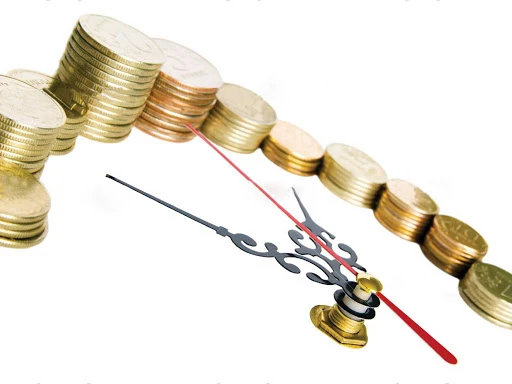
Important changes
The first change is that the United States and China have reached an agreement in principle in Stage One of trade talks on 15 December 2019, which includes provisions related to a firm commitment not to manipulate currency. With this we can assume that the RMB will be relatively stable in 2020.
Previously, the US Federal Reserve (Fed) decided to keep the current policy interest rate of 1.5-1.75% per year, at the year-end meeting. More importantly, the Dot Plot chart at this meeting showed that the Fed may not change interest rates for the whole of 2020. The opinions in this meeting did not express much disagreement as in previous sessions. There were 13 out of 17 members of the Federal Open Market Committee (FOMC) who said that interest rates should be flat in 2020, with only four members saying there should be one interest rate increase of 0.25%.
The second change is that behind the risk of Vietnam's trade balance is the economic structure. This risk is increasing when Vietnamese goods surplus in the US increases sharply, coinciding with an escalating US-China trade war, making the US express some reaction to Vietnam. Since the May 2019 report, the US Treasury Department has officially put Vietnam on list of countries under suspected currency manipulation which should be monitored in periodic semi-annual reviews. At the same time, before the issue of trade frauds, goods origin fraud increased sharply, and on 6 December 2019, Vietnam and the US signed an Agreement on mutual assistance in the maritime field.
The US has made an official request to Vietnam to sharply lower import tax on some US goods, giving deadlines and specific routes. Although this is just a prelude, but it has put Vietnam in a dilemma. In the long run, the US wants Vietnam to find a solution to balancing trade with the US, while it is very difficult for Vietnam to ask China for a similar request. We therefore have no choice but to adopt more comprehensive and stringent domestic reforms, including in operational management, monetary management and banking operations.
The third change is the factor of the State Treasury cash flow having a very significant impact on the money supply activities of the State Bank. The disbursement of public investment has been congested for several years, along with slow divestment of state capital in reinvestment, resulting in an unusually sharp increase in the state budget equivalent to USD 25 bn, almost double compared to the end of 2017. The problem is that this large amount of money is always fluctuating, when withdrawing at the State Bank of Vietnam or when returning it into commercial banks.
Currency market in 2020
The monetary policy management framework also needs to be changed according to the committed schedule, possibly reducing foreign exchange market intervention, allowing the exchange rate to be more flexible, and more directed towards managing interest rates.
To do so, the prerequisite condition is that the solvent for monetary policy transmission must be healthy. The solvent is the currency market, with the core factor being the physical health and behavior of the members, mainly commercial banks. Added to this is the institution and the structure of the economy.
From a contextual analysis, we construct two scenarios, corresponding to different assumption groups, to make forecasts of USD/VND exchange rate, currency market interest rates and government bond yield in 2020.
Scenario one is a baseline scenario of 65-70% probability, or rather optimistic. Specifically, the inflow of capital is still very promising, in the context of a stable USD interest rate and USD/RMB exchange rate being relatively stable, plus a fairly stable market sentiment, with USD/VND exchange rate continually moving sideways with the price depending on the floor price of SBV. Accordingly, the net purchase of foreign currency by the State Bank from the system continues to be maintained. At the same time, the activity of disbursing State Treasury deposits from the State Bank to the 1st market begin to bustle.
In addition, the policy of keeping the first market interest rate level at a reasonable low level, the second market interest rate is maintained at a low enough level, around 3 +/- 1% for one week term. With abundant system availability, the second market interest rate level is maintained at a low level, on the condition that the demand still exceeds supply, the Government bond interest rate will basically maintain the current low level, with small adjustments. Specifically, the ten year term yield is around 3.5-4% per year.
Scenario two is less optimistic, with a 25-30% probability. Geopolitical risks combined with increased trade balance risks (though being offset by financial balance and money transfer overseas remittance) make net capital inflows less positive. USD/VND exchange rate will have significant fluctuations with an upward trend to reflect the risks in price. With the prospect of a less stable foreign exchange market, the net purchase of foreign currencies of the SBV from the system is no longer to be like the year 2019.
The second market interest rate will have more fluctuations, with the average not as low as last year, around the SBV's OMO mortgage lending rate. The 2nd market interest rate level rises to a higher level but continues on the condition of demand exceeding supply, so the Government bond interest rates will also be adjusted according to the upward trend. Specifically, the ten year term yield could return to a high level as in the second half of 2018, about 4.5-5% per year.




















